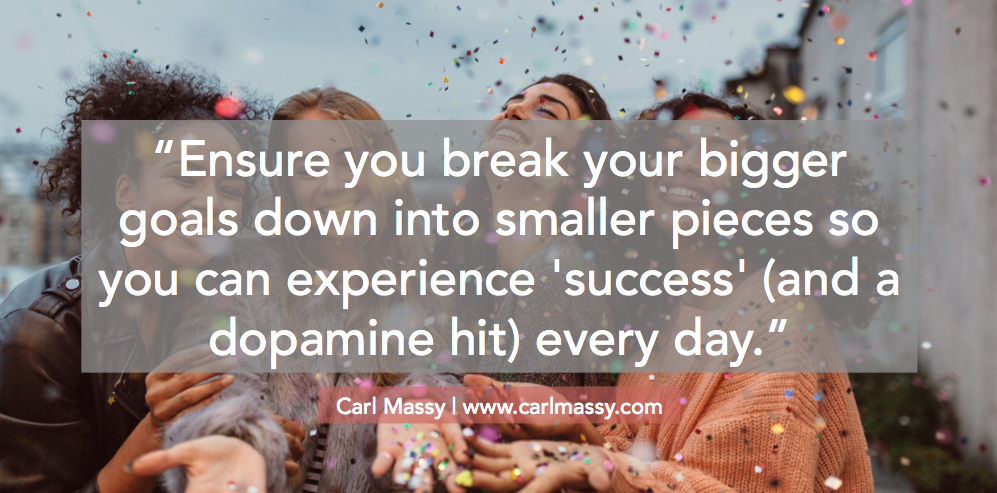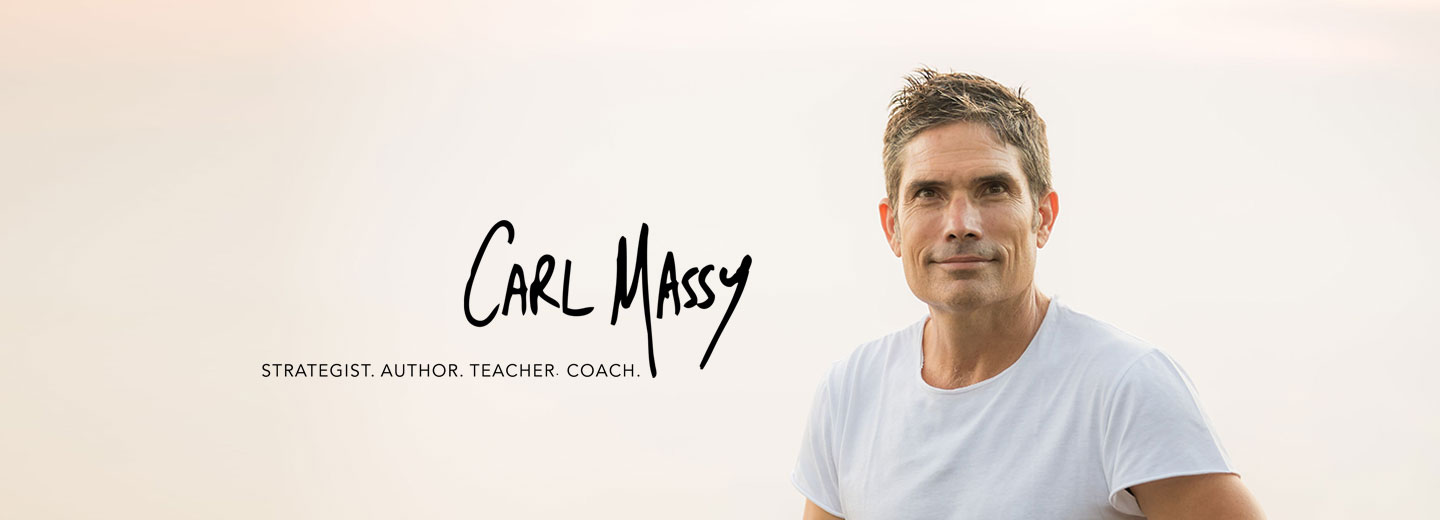
Where to start?
How about with the name of the book I just finished reading, which shared pretty interesting insights. The book was called: ‘Why You’re Unhappy’ by Loretta Graziano Breuning, PhD.
I didn’t agree with everything she presented, but because she has a background in anthropology as well as psychology, it brought a nice perspective to her discussion on biology.
And the influence on our feelings and behaviours.
She spoke a lot about the individual roles of dopamine, serotonin, oxytocin, endorphins and cortisol; and how they are primarily used for survival (and reproduction of genes), as with all mammals.
I have talked before about the ‘mid’ brain, also called the limbic brain or mammalian brain.
It has a number of functions including regulation and generation of our emotions, which obviously affects us moment-to-moment and day-to-day.
I found a few things in this book especially fascinating.
Particularly the author’s overarching message.
We are not – biologically – designed to be ‘happy’ all the time.
It is not only okay, but “normal” to feel our emotions go up and go down throughout our day and life in general.
I think that is a great point.
If we EXPECT to be happy, all the time, or think there is something “wrong” with us if we aren’t, then we may be fighting reality.
What I also found fascinating was…
Learning from Gazelles
I like how she used lots of animal (mammal) models to highlight her point of view.
We know gazelles like to move in herds.
One of the main reasons being that it increases their chances of survival.
A survival that actually increases, the closer they get to the middle.
Perhaps pushing some ‘lesser’ gazelles out of the way to get there.
However, here is the paradox.
The closer to the centre, the more likely the grass is spoiled by trampling plus pee and poop.
Eeeeeek!
So the Gazelle, with its mammalian brain, has a part of it that wants to get to the centre of the (social) group (encouraged by oxytocin and dopamine), but another part of it wants to get out of the herd, so it can eat vibrant, pee-free, grass.
The fascination for me was that we (humans) often have this PUSH and PULL situation going on too.
We want to be part of the ‘pack’ (belonging).
But another part of us wants to express and experience our individuality.
Because in order to stay in with the ‘pack’ there may be a bit of compromising, conformity, and doing stuff to build up social credits.
Breuning also suggests serotonin is the chemical released when we have a ‘one-up’ situation in a social setting (i.e. we do something that raises our status), and a dip when we lose status in a group.
This means, as much as there is a ‘primal’ sense of SAFETY in the group, we also have to work for it to stay in it, to stay relevant, and to have enough social credits for others to help when we need it.
At the same time we have a desire – most probably sparked by dopamine – to be an individual.
To do our own thing.
To come up with our own goals, dreams and projects.
A great tip Breuning shares is the importance of not just having Big Dreams, but having smaller ‘projects’ that can you can succeed in completing in a shorter timeframe (and trigger dopamine).
This is based on the duration that a dopamine spike lasts.
If you only have big, far-out goals and dreams, you are less likely to have the chemical advantage of dopamine.
Therefore a BIG TIP for you is to ensure you break down your bigger goals into smaller pieces so you can experience ‘success’ (and a dopamine hit) every day.
An example might be (if you are a solopreneur), making 3-5 connections with potential prospects each day. Small goal. Small dopamine hit. Biology giving you a daily shove.
My Take on Biology, Joy, Peace and Fulfilment
I think one thing missing in Breuning’s work is what is above biology.
If you look just from a brain perspective, you might think neocortex, and prefrontal lobes.
Which I regularly say is hugely important for creativity.
But there was no talk about ‘consciousness’.
She sort of ticked me off a bit when she spoke about yoga and meditation as ‘passive’ mental activities and therefore are not great at rewiring the brain (in order to better manage your daily doses of chemical cocktails).
Yoga has been practiced for 1000’s of years (some say up to 6,000 years).
For me there is ‘Instagram’ yoga, and then there is real, traditional, challenging yoga (like the Traditional Hatha Yoga taught at The Practice in Bali), which is designed to specifically manage biological impulses, and build up the mental fortification, focus, and clarity to transcend the impulses of our biology.
To access a state of consciousness, where we are not our mind, emotions or even body, but become the silent witness.
That is the goal.
It takes work, and the right system (and practices), but it is doable.
Yes we want to better understand our biological impulses.
But know we – humans – have the capacity to transcend biology, unlike most other mammals.
Which is a conversation for another day.
In Summary
Regardless of our preference for it not to be the case; we are highly influenced by our mammalian biology – so a better understanding of them serves us well.
Know we all have – to varying degrees – an inner PUSH and PULL going on between wanting to belong and wanting to be an individual.
The pushing and pulling is also a biological compulsion, so if we acknowledge that, we are less likely to think we are going loopy.
I believe there are traditional practices, based on a relationship and development of consciousness, which allows us to be less influenced by our primitive biology.
And on a personal note, real traditional yoga is about using movement and breath to ascend to higher levels of consciousness in order to transcend biology (and connect with the divine – internally and externally). If your yoga teacher suggests yoga is all about ‘flexibility’ you are likely in the yogagymnastics class.
My Parting word
It is great to understand our biological impulses, and how certain chemicals rise and dip, changing our emotions and motivations.
Breuning talked about accepting we are biologically wired to experience serotonin when we increase our social status; so although we may desire to be altruistic, there is likely some survival stuff at play below the surface.
I think the best practical tip was about having small ‘projects’ that you get to complete and ‘succeed’ in each day, to enhance your momentum with dopamine injections.
It was an interesting book to read and it sort of ties in with last weeks article on the GAP.
We may want to live in a Utopia (EXPECTATION), but there is a bunch of biology designed for our survival and reproduction, which may require our personal responsibility to work with (REALITY), in order to experience more joy, peace and fulfilment in life.
The end.
If you have any questions on this, don’t hesitate to ask, plus in a couple of weeks I will share with you a presentation by Octavio at The Practice, where he outlines the Traditional Hatha Yoga science of optimization.
Have a day and week where you pay more attention to the triggers of your emotions and how they may actually be the mammalian brain trying to support the basics (your survival and reproduction).
Take care Carl
PS: Have you read or listened to this book yet? 18 Ways We Make Life WAY Harder Than It Needs To Be

